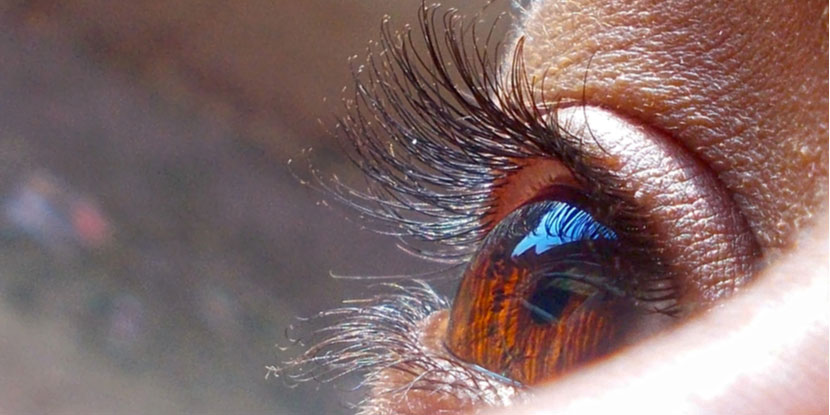Understanding Corneal Cross-Linking and How Can it Help?

Corneal cross-linking is a surgery or minimally invasive procedure that uses eyedrop medication and ultraviolet light to treat a weakened or warped cornea. It is used to treat progressive keratoconus and other conditions that cause a similar weakening of the cornea. ‘Cross-linking’ new collagen fibers together strengthens and reinforces the cornea to prevent bulging further.
Corneal cross-linking cannot undo the damage keratoconus has already done; it can control further damage and minimize it. Hence, it would be beneficial for you to get your test done with corneal cross-linking new york to keep the symptoms under check.
Cross-linking procedure
- The patient is asked to lie down to give numbing eye drops.
- The doctor first removes the cornea’s thin outer layer, scientifically called epithelium. Thus allowing the medication to reach deeper.
- As the next step, Riboflavin, which is a vitamin D eye drop, will be given for 30 minutes. Then, a device is used to beam UV light rays at the cornea for about 30 minutes. The light helps activate the riboflavin in the cornea. This helps the cornea to form new bonds between the collagen fibers.
- The bandage contact lens will be placed over the eye for weeks to help the cornea heal.
- The ophthalmologist may give you antibiotics and steroid drops to help your eye heal.
How can it help?
Cross-linking is helpful for patients with :
- Keratoconus: The cornea thins, and changes shape over time with people having keratoconus. The cornea, which is normally round, bulges outward until it’s shaped more like a cone. This causes blurry vision and other symptoms. Depending on the severity, glasses or contacts can help in certain keratoconus conditions. But, people with much more severe conditions need a special contact lens or surgery.
- Corneal ectasia: A forward bulging and thinning of the cornea is called Corneal ectasia. It may occur due to a particular eye disease, injury, atrophy, raised intraocular pressure, or as an effect of eye surgery such as LASIK surgery.
Corneal cross-linking is an effective method for treating keratoconus and other related symptoms. Studies have been conducted on people who underwent cross-linking after seven years of the procedure. It was seen that these people had a noticeable improvement in cornea shape, with no scarring. Keratoconus had not progressed, and none of the participants needed any further treatment.
Consult a doctor!
To get a deeper understanding, ensure to consult a doctor who can assess your situation and also guide you with the right approach.
